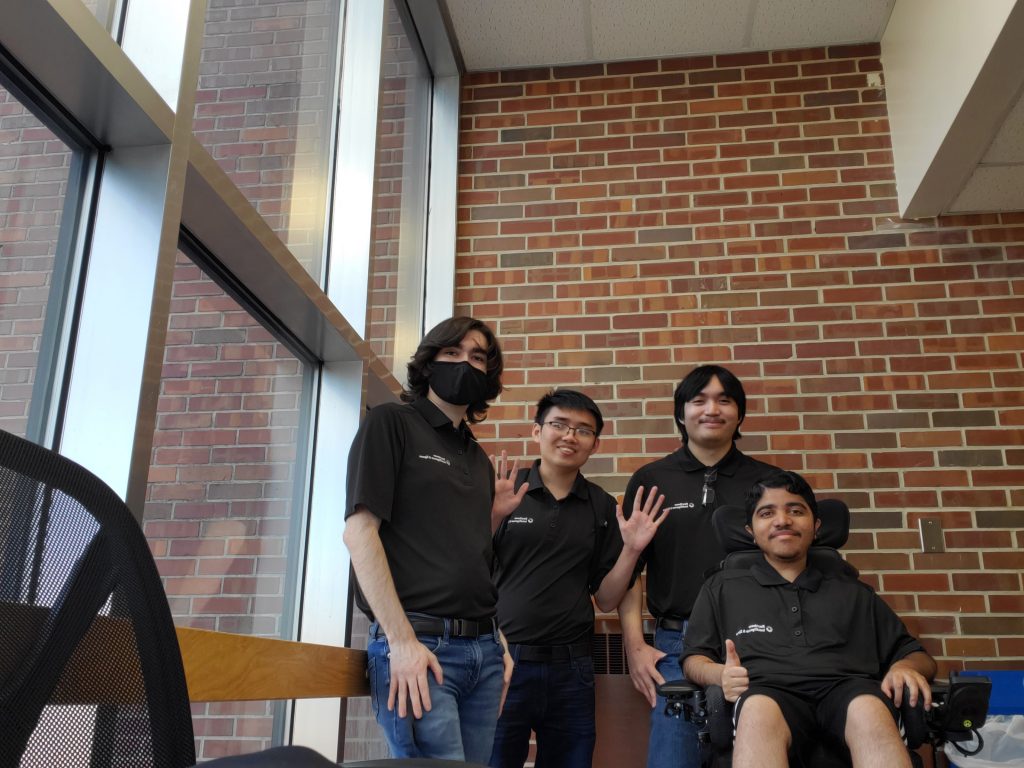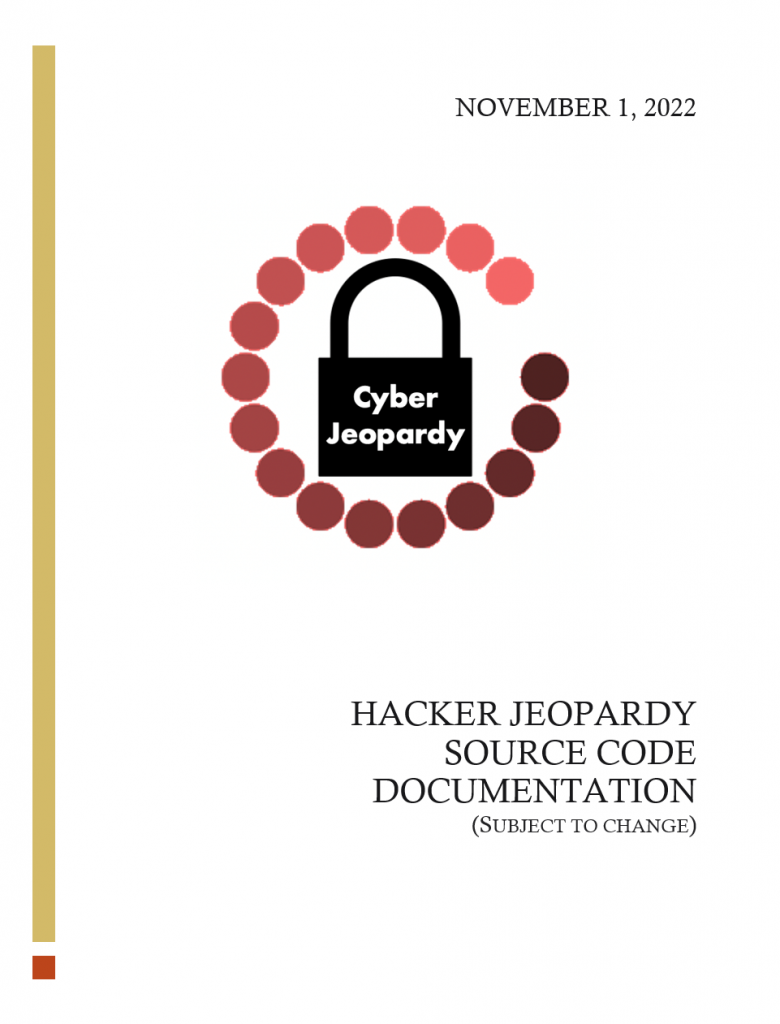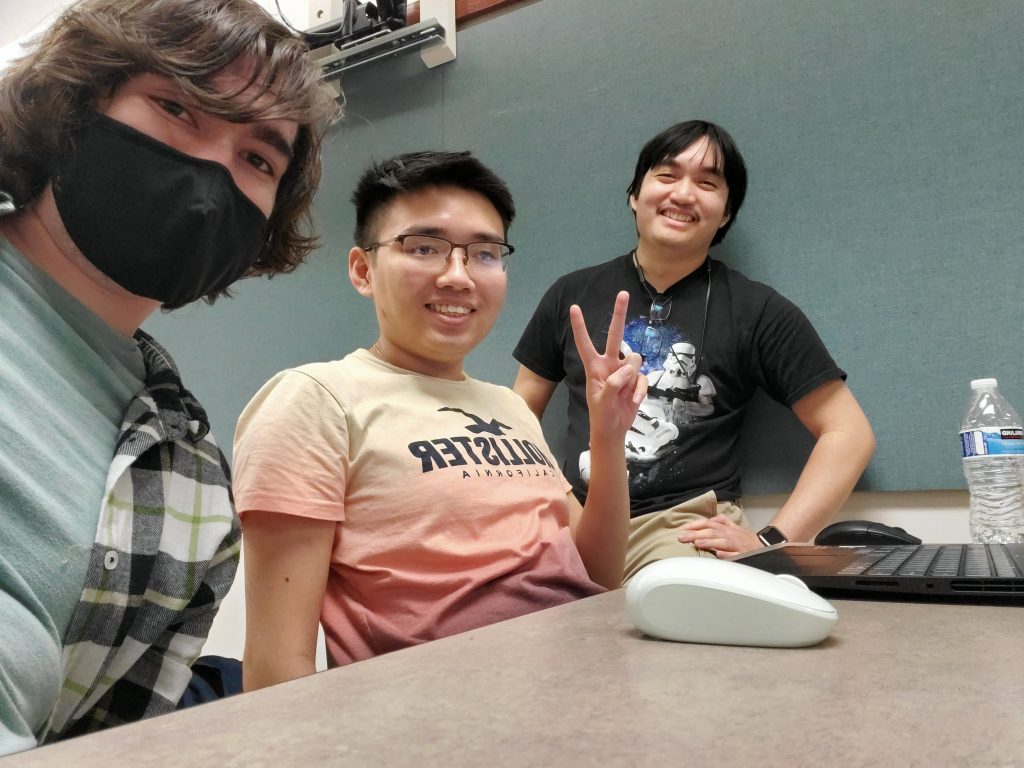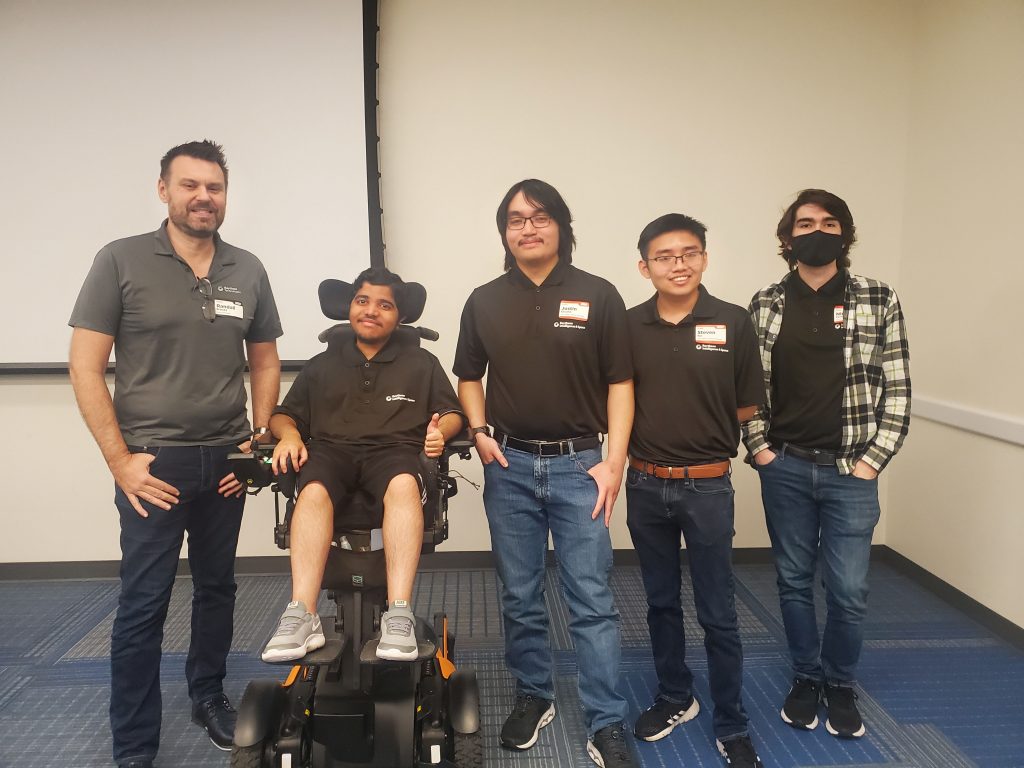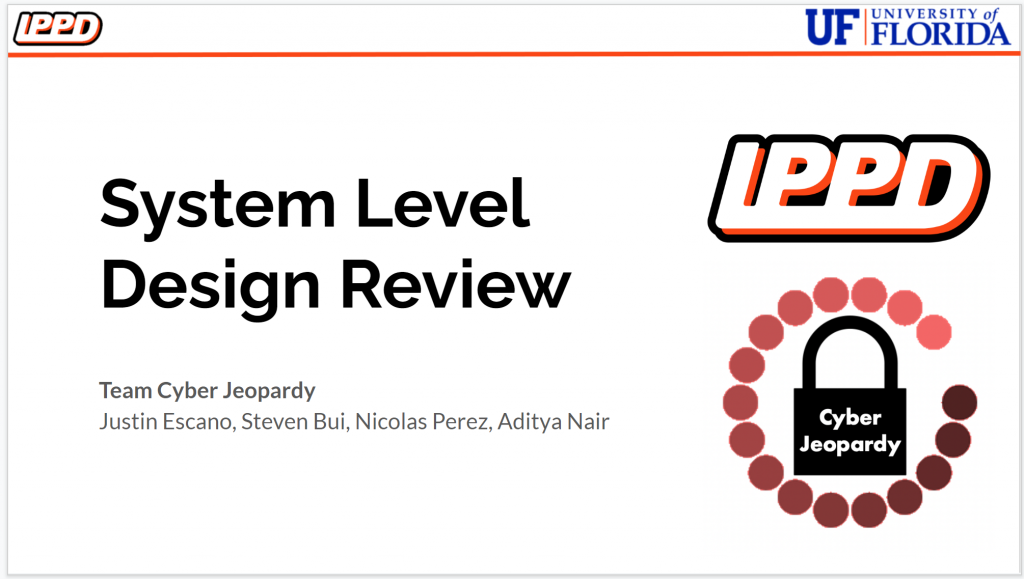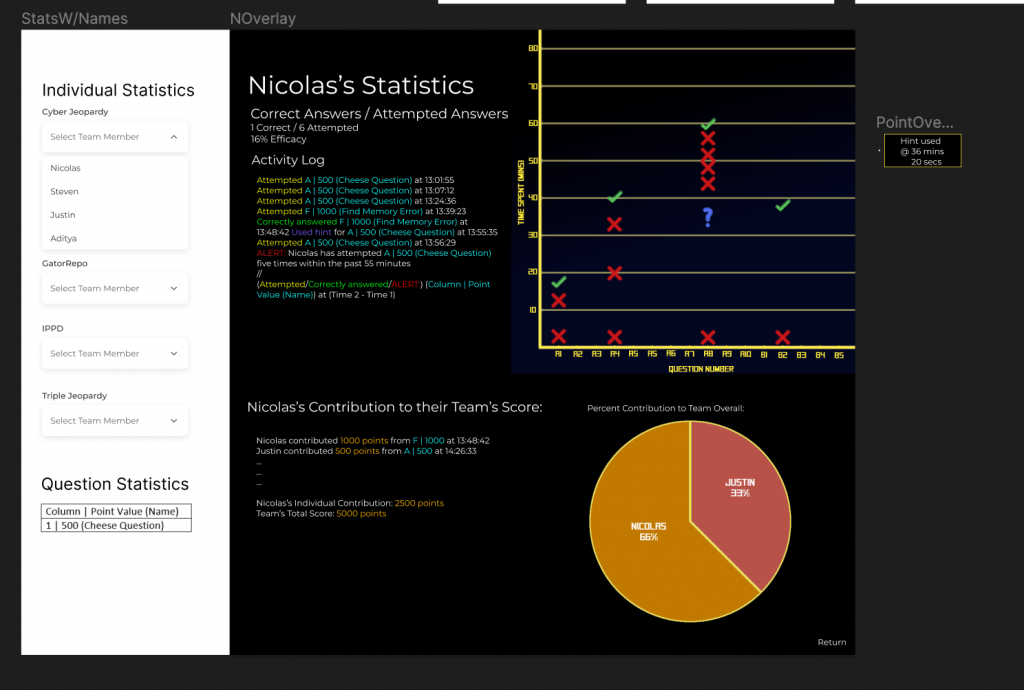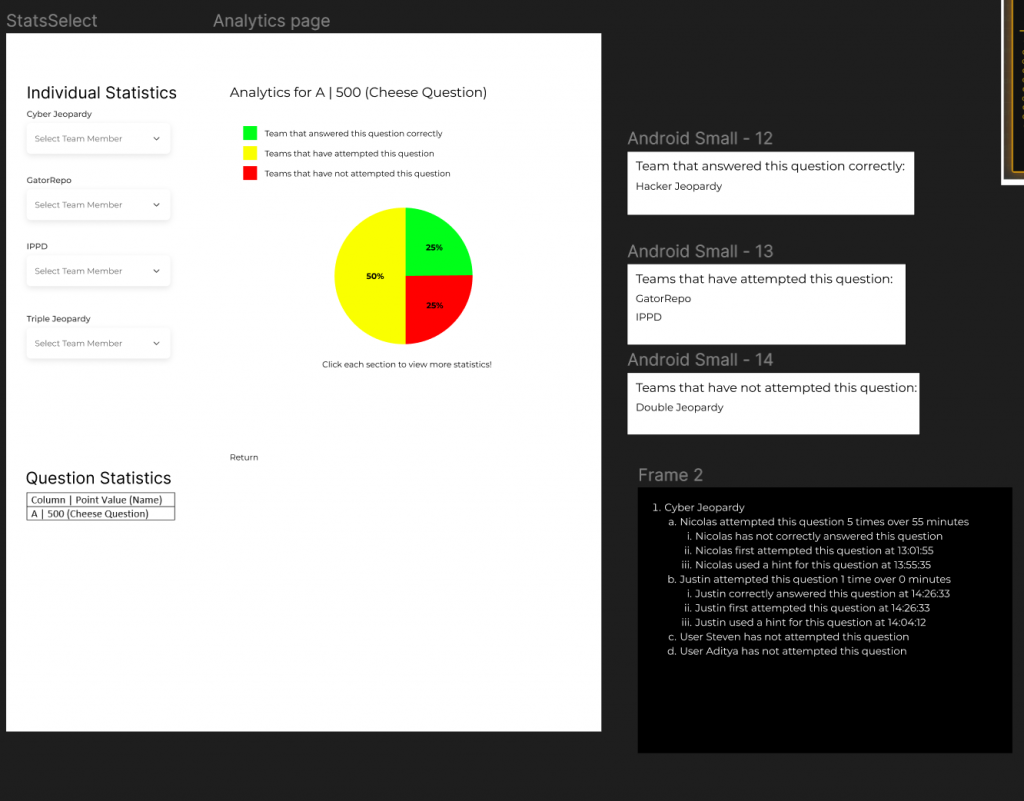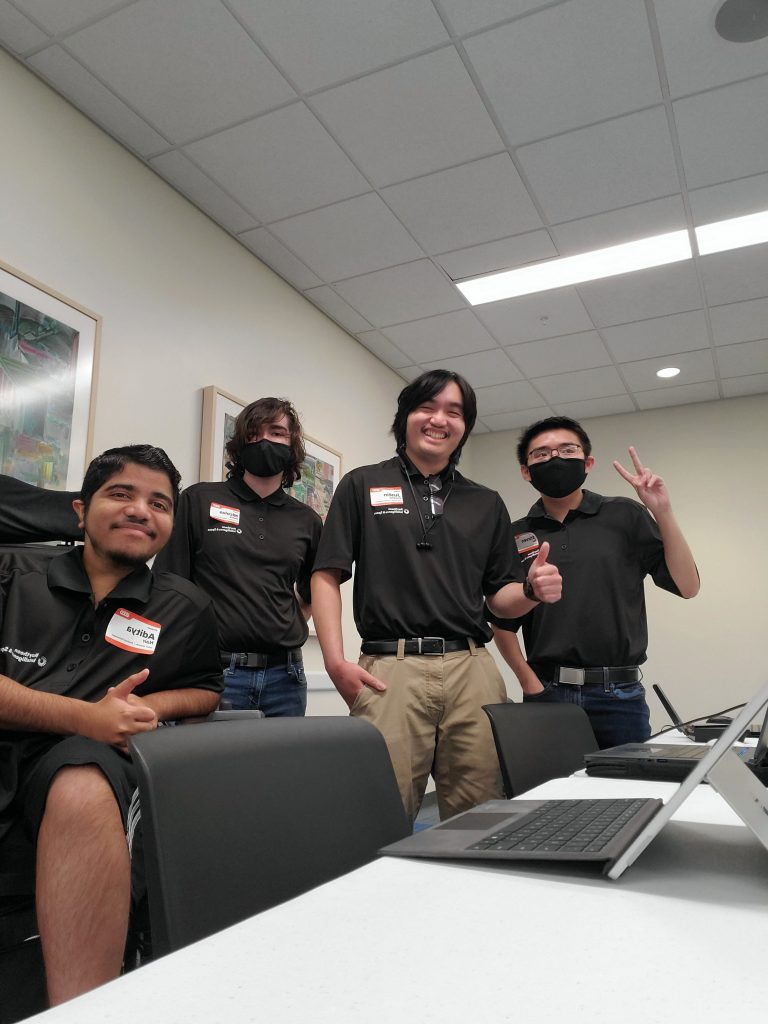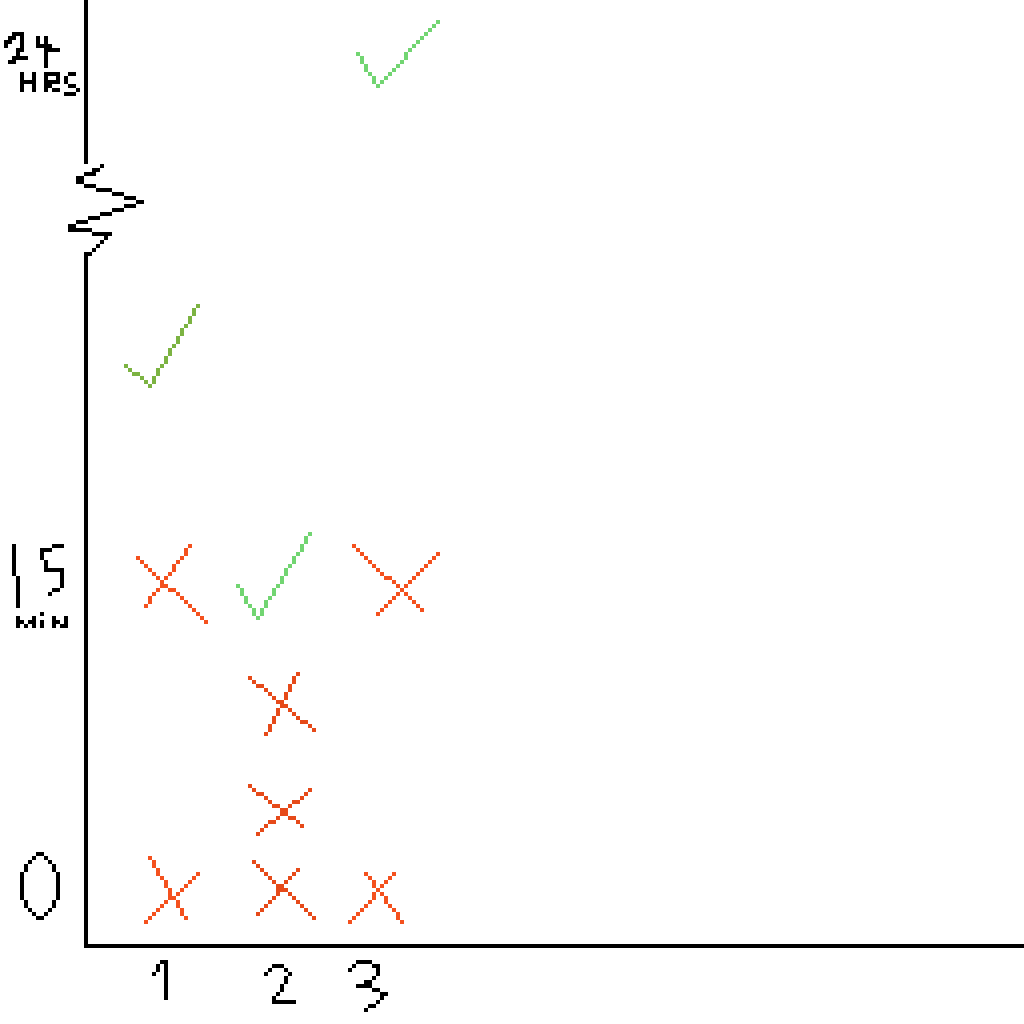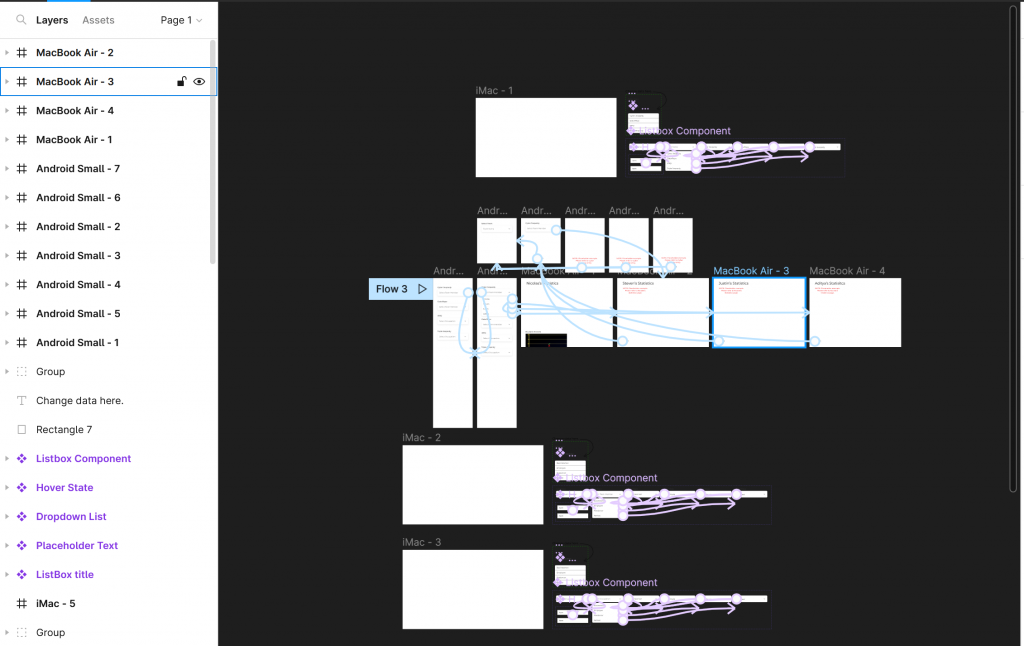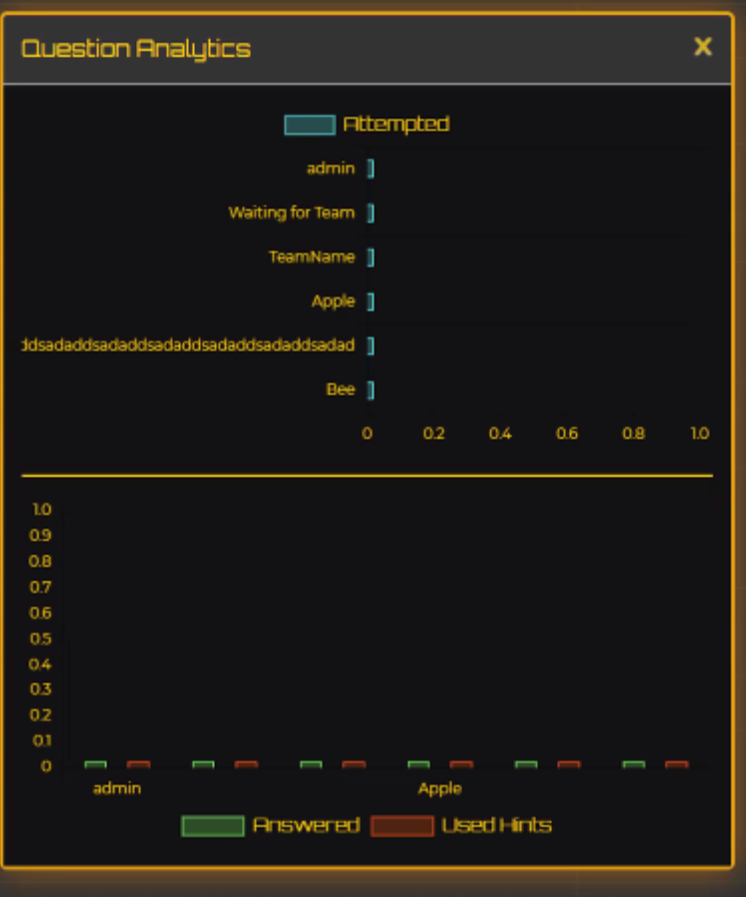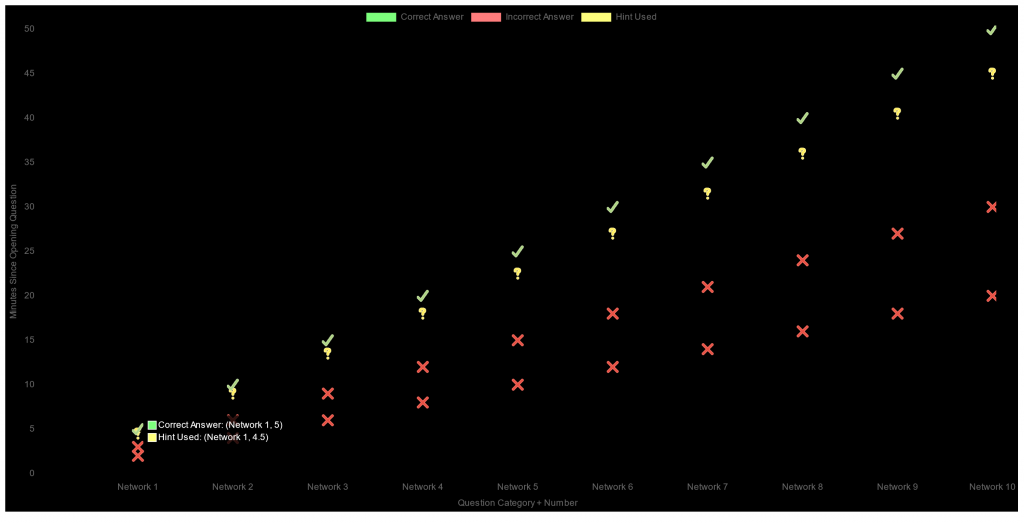
This week we’ve gone further with the planning the CTF and gathering data from it, we brought this up with both our coach and our liaison to get there thoughts on the details we confirmed so far. We got some excellent suggestions on incentives we could use to get a sizeable number of people to come. We’ll be using these alongside the suggestion from our coach to reach out towards certain UF clubs to ask to both use their space and get their members to compete.
We also have begun testing and implementation of the Chart.js library with the features we are adding to Hacker Jeopardy. The library was exactly what was needed to make the analysis pages work and display the data including the custom icons for each type of data point. This test was done separately from the overall system of Hacker Jeopardy, but the code for the activity log graph is mostly complete. We just need to create a page to hold it and the other analysis graphs which will be our focus.
